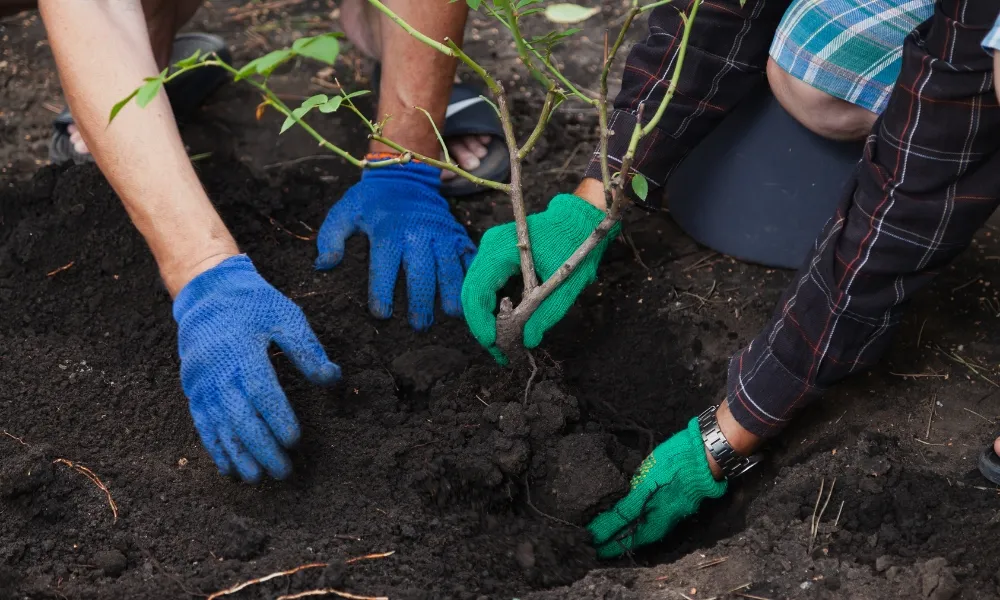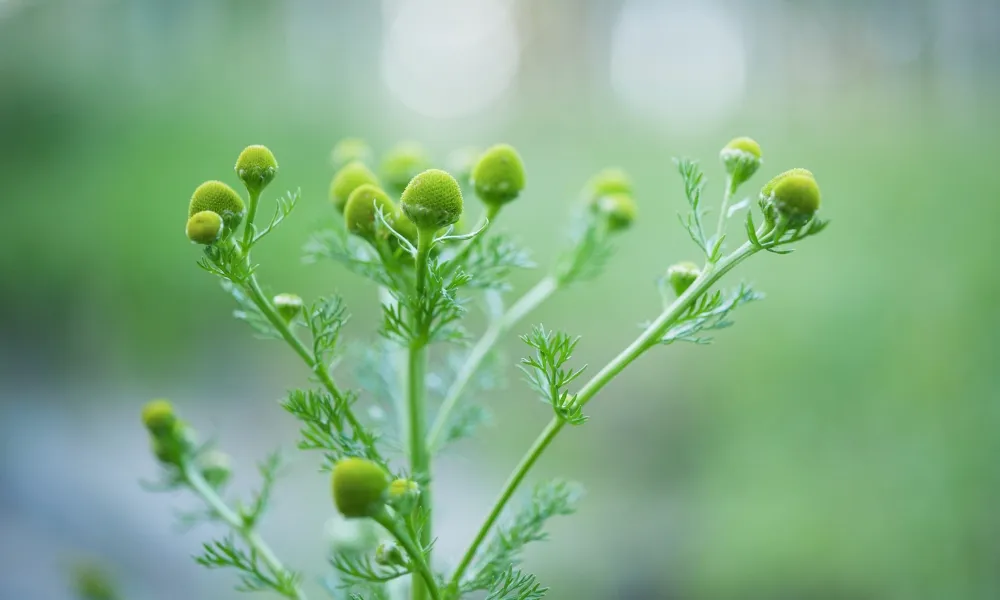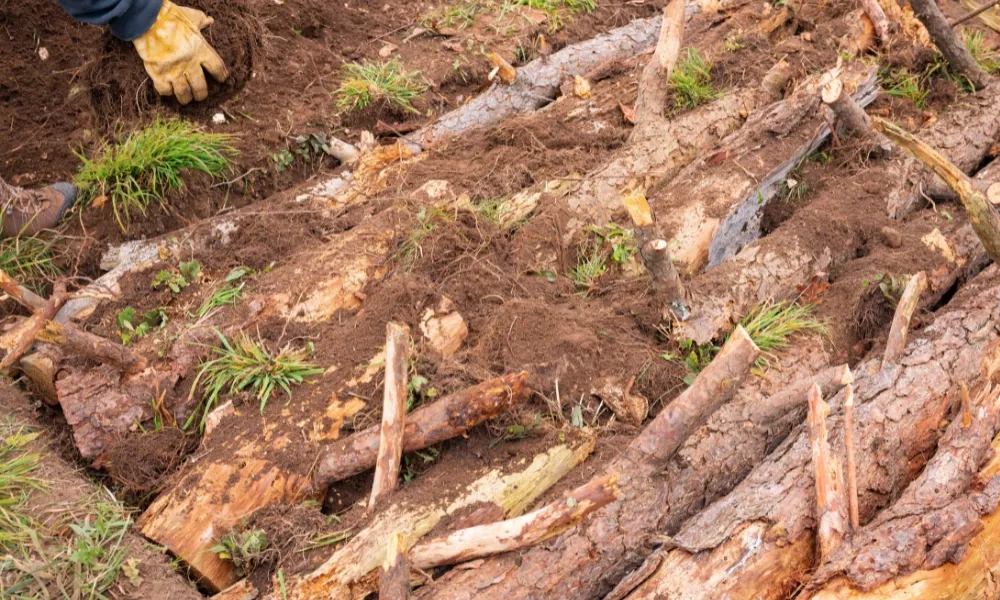
Lupins have been cultivated since Roman times for food and now we cultivate them for animal feed as well as protein rich human food but the Lupins I am talking about here are of the Ornamental Hybrid type and more often than not are extremely poisonous, so don't eat them!
It's hard to know what to plant in the garden in November but one thing I have always had great success with is Lupin seeds. Generally November would be considered a month too late for sowing but with a little care you can sow them directly where you want them now and expect a beautiful display come mid May next year. Lupin seeds actually need cooler temperatures to germinate, so if you can avoid the extreme cold they should do just fine.
Location.
Lupins with their fabulously colourful spires look excellent when placed within border beds to give structure and depth. They also look great on their own against walls or in planters. They do love light so wherever you decide you should get a decent amount of sunshine in the spring/summer months.
Preparation.
Weed and till the soil where you are going to sow the seeds. You don't need to enrich the soil as Lupins thrive in low quality soil. They actually get their own Nitrogen from the air and so fertilising them can actually spoil them and cause them to grow a lot of leaves with little bloom. The only time that it is recommended to fertilise is when they are just about to bloom or are in bloom and then you can give them a little Chicken Manure such as Westland Chicken Manure Pellets worked into the soil or Maxicrop Seaweed fertiliser added to their watering can.
Sowing.
Once the area is prepped you can soak the seeds overnight to encourage germination. Pick a day where there has been little to no frost the night before and preferably unlikely to be that night. Sow them directly into the prepared ground raking them in gently. With that done it is best to cover them with a decent layer of bark mulch such as Second Harvest Landscape Wood Mulch. If you can't get your hands on any you can also cover them with a thick layer of fallen leaves (about 2" or so). This will protect them from the harder frosts.
Once you have them down and covered avoid watering them, one of the main issues with Lupin seeds is their habit of rotting as soon as theirs slightly too much water, so it's better to leave them a little dry and let the Irish weather take care of it!
Caring For.
The best thing you can do at the start is ignore them. Light weeding can be done as needed but other than that they will take care of themselves, which is another reason they are so attractive to grow!!. Once they have come up and look like they are about to bloom you can fertilise them as mentioned above.
Pests.
Unfortunately snails and slugs love the little Lupin shoots when they first come up. You can lay down slug pellets such as Growing Success Slug Killer Organic or put down some beer traps.
Aphids can also be a problem but I find using Grazers Cabbage White, Caterpillar and Aphid Spray does the trick, the main issue here is noticing when they arrive!
So have a go at sowing a few Lupin seeds for a stress less way to get beautiful blooms next Summer :)








